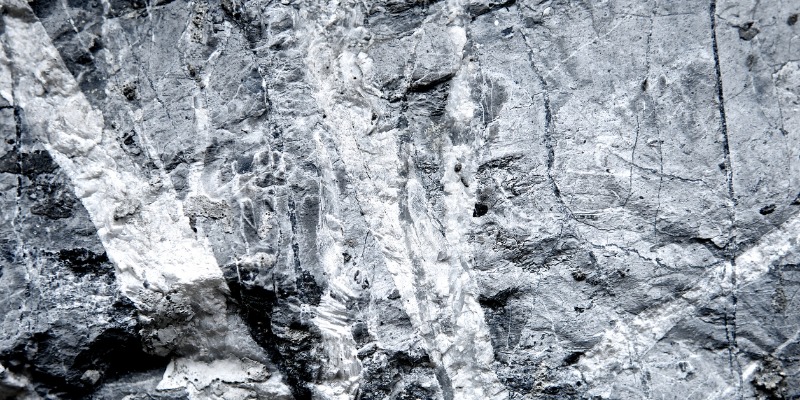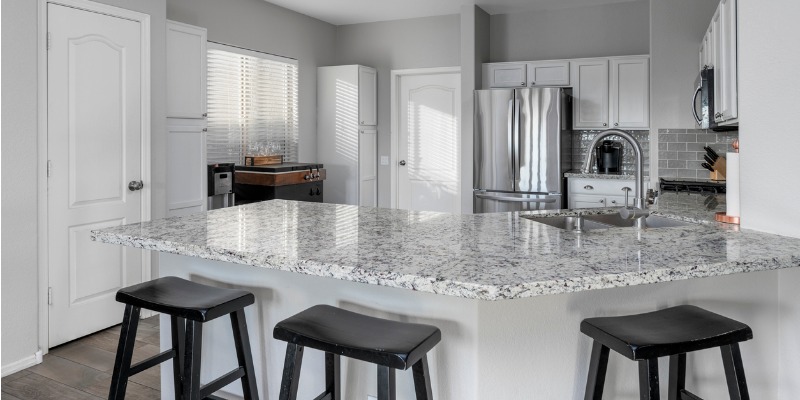
You might think of granite as a sought-after material for high quality kitchen countertops and you wouldn’t be wrong. However, there is a lot more that goes into the production, importing and distribution of granite than you might think to ensure that you get the highest quality product you see in our store. This starts with where we source it.
Both India and Brazil are main players in the field of producing and exporting granite. India has one of the largest reserves of granite in the world, and with only 3% of the total granite reserves having been explored, it shows no sign of supply running out anytime soon.
Brazil boasts more than 300 export processing plants for natural stone, including granite and marble. They also have hundreds of quarries and blocks being exported to Italy, China, India and Taiwan, to name but a few.
Both of these countries are our main points import for quality granite. Now let’s look at the process of how granite is mined and then made into slabs to be exported and brought to us for uses such as your gleaming new countertops.

How Granite is Mined and Imported
- Granite is found close to the surface, meaning it can be cut from shallow quarries. Small holes are drilled to get the shape of the desired block size (making it easier to transport).
- Explosives are placed into these holes to carefully create a blast that’s just strong enough to separate the granite from the bedrock, without breaking the block itself.
- The falling block must be directed onto soft sand so that it doesn’t crack or split at the wrong angle. Specialty equipment is used to load the raw blocks of granite into heavy duty trucks. They will then be transported to slab fabrication facilities.
- Most of the granite used for countertops in the U.S. is quarried in Brazil and India, where they have developed state of the art stone fabrication facilities. At these facilities, the larger chunks of granite are cut into more manageable slabs (about 7-9 ft. each)
- Next, the surfaces of the slabs must be polished to make them smooth and bring out the natural colours and patterns of them. This is done by running the slabs through a polishing machine.
- The polishing machines have diamond polishing pads that bring out the shine in the stone through each new layer of polishing. This leaves the granite with a smooth, yet natural finish.
- Once the slabs are polished, they’re put into shipping containers (usually 45 slabs of 3cm, or 70 slabs of 2cm.) They will then be transported to the U.S. How does it get to Canada? by boat, before being off-loaded and taken to distributors in cities around the country.
- The final step is to measure and cut, polish again, and transport the finished product to the customer for the installation of their custom project.
With such an efficient process from start to finish, we know exactly where our product comes from and we can deliver a beautiful granite masterpiece to you with confidence. Have more questions about granite? Contact us at Rock With Us for top quality granite countertops.


